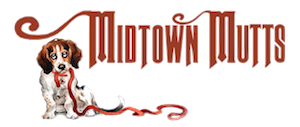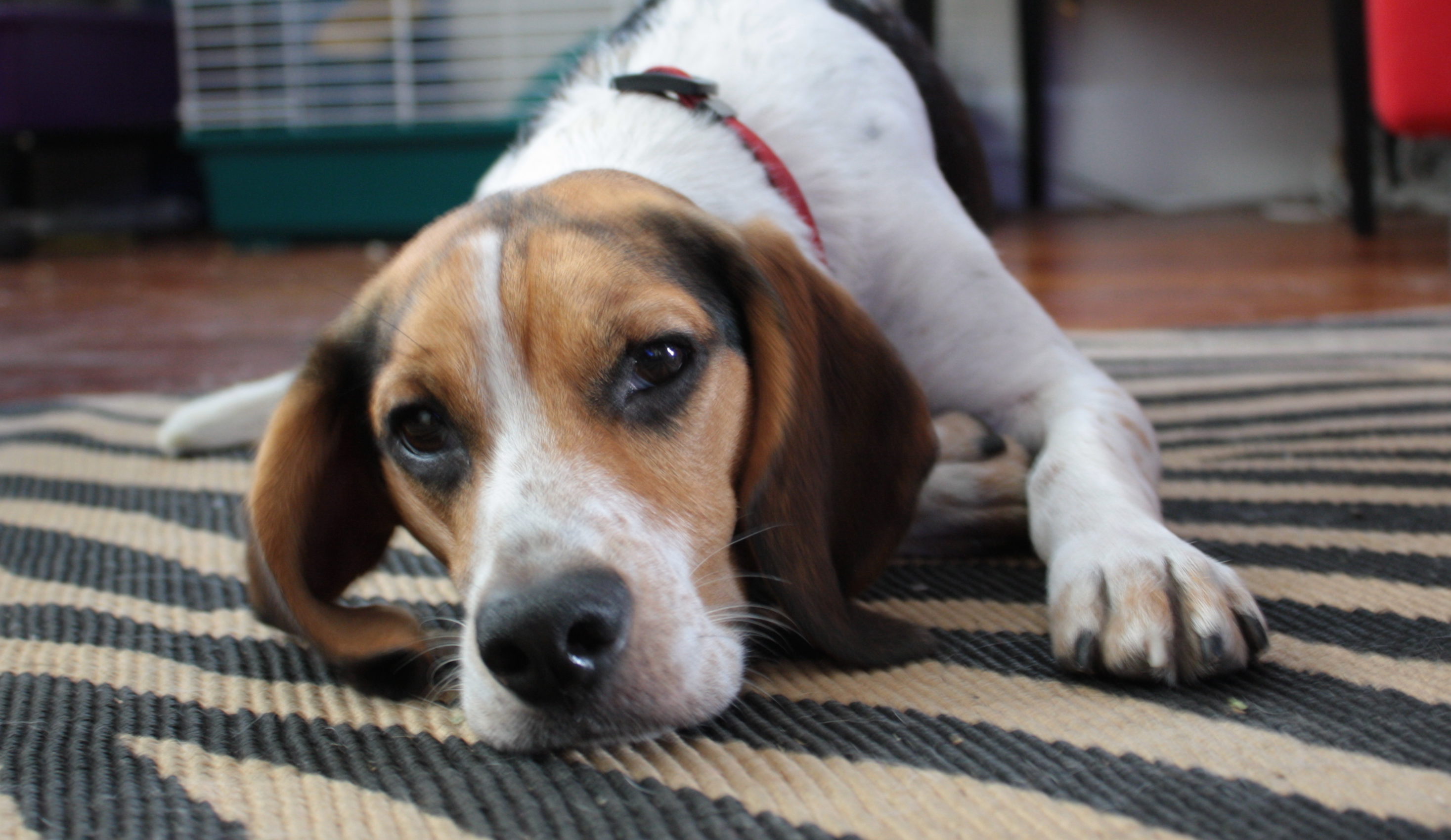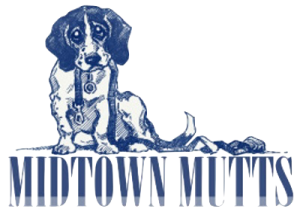You’re driving to work, sipping on your coffee, when you slam on your breaks from the person in front of you. Scolding hot coffee splashes all over your face and down your brand new white shirt. Right as you pull into the parking lot, your check engine light comes on. Instead of eating on your lunch break, you take your car to the mechanic and get a ride back to the office. Now you continue working, hungry, annoyed, and stressed about how much the car fix is going to cost, then you overhear someone talking in the break room about layoffs. You make some mistakes, have to redo some things… finally… 5 o’clock. You pick up your car, drop $500 on whatever it is they fixed, and then head home in the stop and go traffic.
If you’re anything like me, all you want at the end of a stressful day is a pizza or some buffalo wings, maybe both! And while it’s common for us as humans to ‘stress eat,’ it is often the opposite for our 4 legged friends. Changes in routines, moving to a new home, being in a new environment or in the presence of something new or scary and being in physical pain can all be stressors our dogs might experience that leads to a loss in appetite. You might have notices while out on walks, your dog might stop taking his favorite treats when he sees another dog down the street.

As pet care providers, every once in a while we get a dog who refuses to eat when their owners are out of town. Convincing a dog to eat can be a bit of an art. What works for one dog may not work for the next and some dogs may require a multitude of things to make their stomachs grumble. I would definitely be lying if I said I haven’t spoon fed a few dogs over the years. The beautiful thing about food is, it makes you feel better. After a bad day, eating a good meal will almost always make me feel better. The same is true for your dog. Here are some pet pro tips to help your dog eat when things around him may be a little stressful to him.
Before I continue, I would like to point out that a loss of appetite can be a symptom of a serious health concern or injury. If your dog suddenly stops eating and there is no obvious reason for something stressing him out in his environment, always take your dog to your vet for a full examination.
Remove your dog from the stressor
I know this one seems obvious, but the first thing you should do is remove your dog from the stressful environment if at all possible. If there is another dog in his presence, a new object or person in the home that seems to be causing your dog stress, give your dog a place to go away from that thing. If you have recently moved, give your dog a safe place to escape to, like a cozy covered crate. If the stressor is sound related, play some calming background music to help drown out the sound of whatever is scary to your dog. Minimizing the stress our dogs experience should always be a top priority of ours as their caretakers.
Find a food he likes better
We all have preferences, that includes our dogs as well. If you have a dog that often isn’t that enthusiastic to eat their food, it may just be that your dog doesn’t like the food you’ve chosen for them all that much. Or it could be that your dog is bored of the food he has been eating every day for the last 5 years. You might consider experimenting with different high quality dog foods to find one he likes more. There are so many dog foods out there, and so many different types of dog foods. Kibble, wet food, dehydrated dog food, raw food, and homemade recipes give us so many options to try with Fido.
Add water to his food
The first thing we do when a dog won’t eat is add water to the kibble. It’s probably the simplest of things you can do and works 8 times out of 10. All you do is drizzle some warm water over their kibble right before serving it. This makes their food smellier and often irresistible to your dog.
Make it tastier
If water isn’t doing the trick, adding some other type of ingredient to mix into the kibble will often do the trick. Here is a list of things to try mixing into your dogs food to help encourage them to eat:
Bone broth -low sodium, make sure it hasn’t been made with onions
Pureed Pumpkin – this is great for their digestion if you have a dog who has a sensitive stomach.
Wet dog food– wet dog food is often a higher value food than dry dog food. Mixing in a spoonful or two with a little bit of water in with the kibble
Real meat– take some real meat and shred it into tiny pieces. Make sure to mix it all around and coat the kibble as much as possible. If you just leave it on the top, your dog will likely just eat the chicken off the top and not touch the rest of the food. The real meat should always be unseasoned.
Other things your dog loves? Just make sure that it is safe for your dog to eat that item.
Hand feed your dog
I know it sounds ridiculous. I felt pretty silly the first time I spoon fed a dog. I don’t know why this seems to help. Maybe it is because your dog sees you eat with your hands and with this “spoon” thing and if it’s good enough for you, it’s good enough for your dog. Sometimes just putting a piece or two on the floor next to your dog outside of the bowl is enough. Pretending to eat a piece and then offering that piece to them, will often get your dog to eat. Usually you only have to do this for the first couple bites. Once your dog has munched down a few pieces, they remember that they are, in fact, hungry.
Feed him a homemade diet
If nothing else has worked and you are becoming worried that he still isn’t eating, try a home cooked meal. Find a simple dog food recipe. If you are just feeding for a day or two, you don’t have to worry about it being a “complete meal”. If you’ve decided to make a homemade meal for all of your dog’s meals, make sure to do some research on quality recipes to insure that your dog is getting all of the nutrients it needs.
If the lack of appetite persists and none of these tips are working, it’s time for a trip to the vet.






